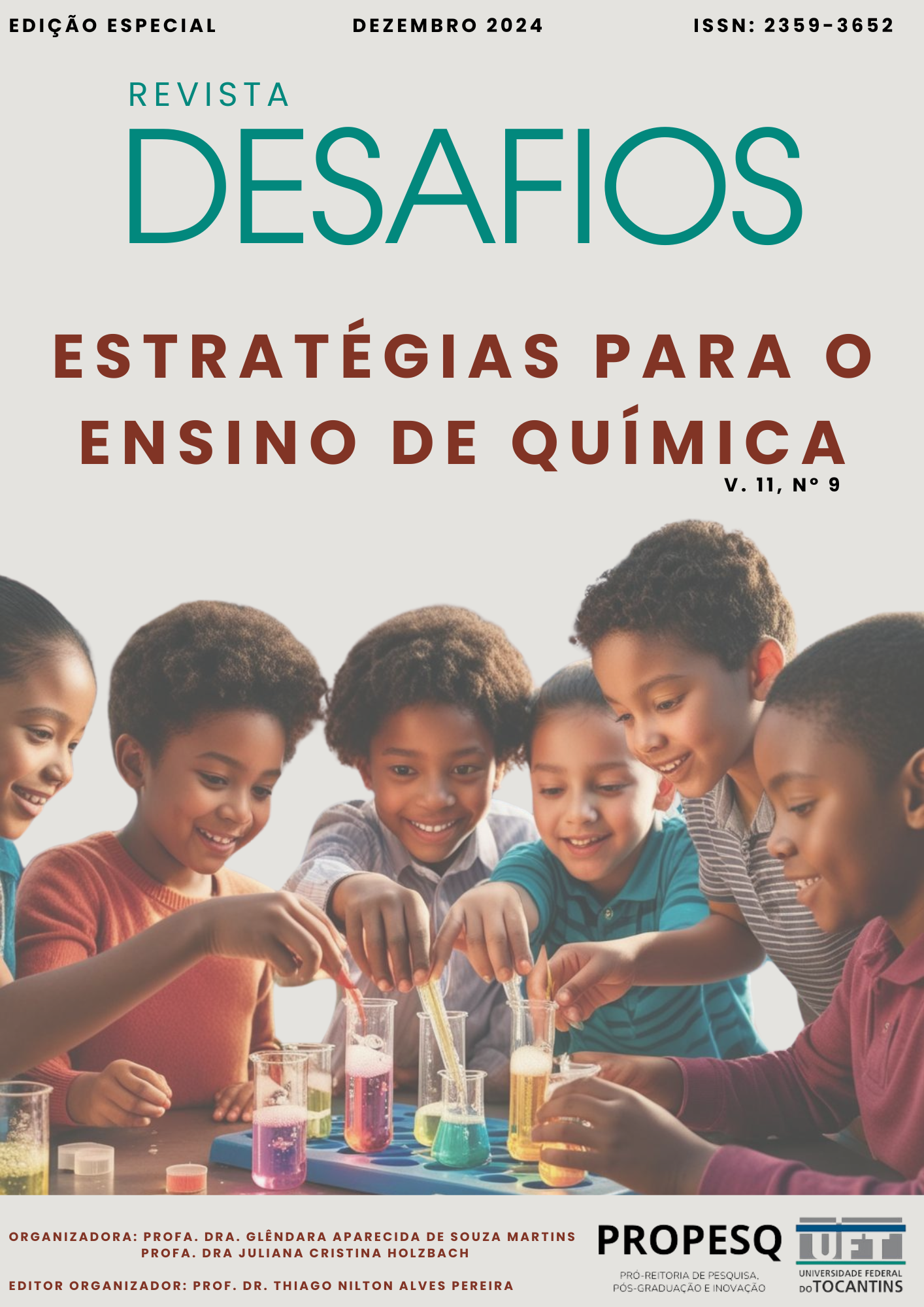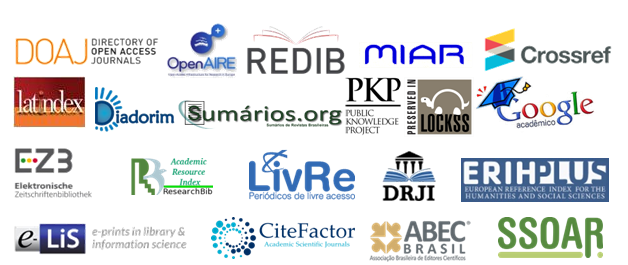CHEMICAL ECOLOGY IN A PEDAGOGICAL INTERVENTION PROJECT: CHEMICAL MECHANISMS OF INSECT - PLANT INTERACTION
DOI:
https://doi.org/10.20873/2024_EEQ_5Abstract
Chemical Ecology is a field of study that investigates the secondary compounds produced by plants and insects, which are essential for their ecological interactions. The coevolution between these organisms is characterized by complex chemical communication, mediated by intraspecific pheromones and interspecific allelochemicals. Furthermore, these compounds also play a role in inducing defense responses in plants, affecting tritrophic interactions. Understanding these interactions is crucial for the development of effective management and conservation strategies to protect terrestrial ecosystems. The general objective of this work was to investigate the chemical mechanisms of interaction between insects and plants in a pedagogical intervention project in chemical ecology, aiming to understand these interactions and their environmental impacts. This project unfolded into three specific objectives: identifying the main chemical compounds in these interactions through a literature review, evaluating the impact of pedagogical activities on students' understanding using questionnaires before and after the activities, and analyzing the results to verify the effectiveness of the strategies used and their contribution to the participants' understanding of insect-plant interaction mechanisms. The work adopts a qualitative approach, seeking to understand social and human phenomena, with methodological flexibility for adaptations as needed for the study. Classified as exploratory research, it aims at familiarizing with the problem and generating insights for more in-depth investigations. Bibliographic research was used to theoretically support the study and promote changes in the studied reality. The intervention project included activities such as presentations, questionnaires, extraction and identification of chemical compounds, culminating in the analysis of responses to assess the impact.
Downloads
Published
How to Cite
Issue
Section
License
Copyright (c) 2024 Carla Jovania Gomes Colares, Antonio Rhamon da Silva Belem, Fabiana Melo de Oliveira, Juscicleide Pereira de Oliveira, Lindaci Martins Bernardo, Ângela Franciely Machado, Túllio Teixeira Deusdará, Juliana Barilli, Damiana Beatriz Da Silva

This work is licensed under a Creative Commons Attribution-NonCommercial 4.0 International License.
Autores que publicam nesta revista concordam com os seguintes termos:
1. Autores mantém os direitos autorais e concedem à revista o direito de primeira publicação, com o trabalho simultaneamente licenciado sob a Creative Commons Attribution License (CC BY-NC 4.0), permitindo o compartilhamento do trabalho com reconhecimento da autoria do trabalho e publicação inicial nesta revista.
2. Autores têm autorização para assumir contratos adicionais separadamente, para distribuição não-exclusiva da versão do trabalho publicada nesta revista (ex.: publicar em repositório institucional ou como capítulo de livro), com reconhecimento de autoria e publicação inicial nesta revista.
3. Autores têm permissão e são estimulados a publicar e distribuir seu trabalho online (ex.: em repositórios institucionais ou na sua página pessoal) a qualquer ponto posterior ao processo editorial.
4. Além disso, o AUTOR é informado e consente com a revista que, portanto, seu artigo pode ser incorporado pela DESAFIOS em bases e sistemas de informação científica existentes (indexadores e bancos de dados atuais) ou a existir no futuro (indexadores e bancos de dados futuros), nas condições definidas por este último em todos os momentos, que envolverá, pelo menos, a possibilidade de que os titulares desses bancos de dados possam executar as seguintes ações sobre o artigo:
a. Reproduzir, transmitir e distribuir o artigo, no todo ou em parte sob qualquer forma ou meio de transmissão eletrônica existente ou desenvolvida no futuro, incluindo a transmissão eletrônica para fins de pesquisa, visualização e impressão;
b. Reproduzir e distribuir, no todo ou em parte, o artigo na impressão.
c. Capacidade de traduzir certas partes do artigo.
d. Extrair figuras, tabelas, ilustrações e outros objetos gráficos e capturar metadados, legendas e artigo relacionado para fins de pesquisa, visualização e impressão.
e. Transmissão, distribuição e reprodução por agentes ou autorizada pelos proprietários de distribuidoras de bases de dados.
f. A preparação de citações bibliográficas, sumários e índices e referências de captura relacionados de partes selecionadas do artigo.
g. Digitalizar e / ou armazenar imagens e texto de artigo eletrônico.


